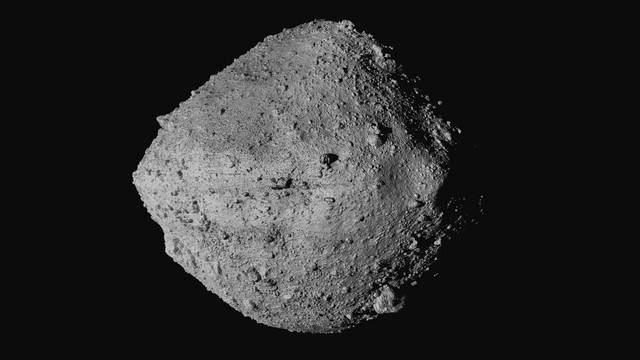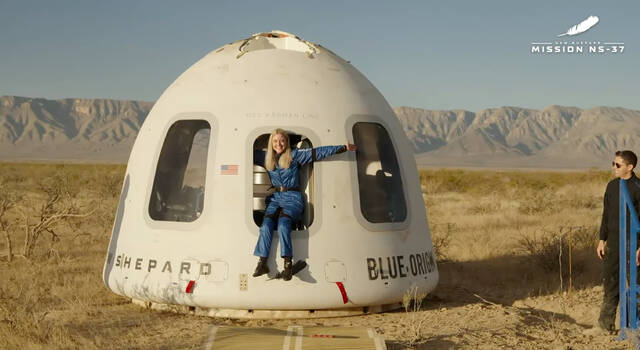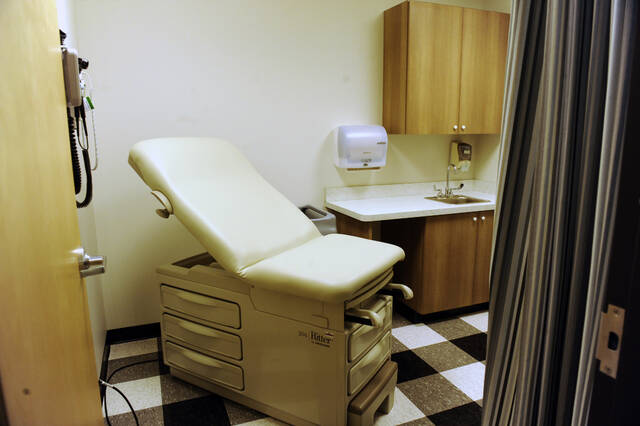NEW YORK — A NASA spacecraft on Tuesday conducted the U.S. space agency’s first sample collection from an asteroid as part of seven-year-long voyage.
The event, which lasted around 4 1/2 hours, saw Osiris-Rex approaching Bennu at tortoise speed, about 0.19 miles per hour, and then touching down on the asteroid for five seconds to collect the rubble.
The spacecraft then successfully fired its thrusters to back away from the asteroid surface, NASA said.
Bennu, a black pile of rubble that is about 0.3 miles wide and 180 million miles from Earth, could come dangerously close to our planet next century, although the chances of impact are very small.
Osiris-Rex, which is the size of a large van, descended steeply towards the asteroid and then navigated into an area the size of about three parking spaces and surrounded by enormous boulders.
The spacecraft extended a robotic arm called Tagsam, which it used to touch the asteroid for about five seconds, eject pressurized nitrogen to stir up the surface and suck up a sample of 60 to 2,000 grams before gliding away.
Because of the distance, the NASA team on Earth saw the events with an 18 1/2-minute delay.
As the time lag did not allow for live commanding of flight activities, Osiris-Rex performed the whole operation autonomously.
The spacecraft is now expected to return to Earth with a souvenir from the asteroid in September 2023.
NASA hopes the $1 billion mission will reveal secrets about the origins of our solar system. Asteroids are remnants from that era, more than 4.5 billion years ago.
“Studying this sample will help scientists learn about the formation of our solar system and origins of life on Earth — and how the solar wind affects small worlds like Bennu,” NASA tweeted.
Osiris-Rex was launched from the space port Cape Canaveral in Florida in September 2016. It took about two years to arrive within 12.4 miles of Bennu.
Since then, the spacecraft has been exploring the asteroid to find an ideal spot for collecting the sample. NASA identified a promising crater in Bennu’s northern hemisphere, which has been dubbed Nightingale.
The space probe, built by U.S. aerospace giant Lockheed Martin, is kitted out with scientific instruments and cameras.
While this is NASA’s first asteroid sampling mission, the Japanese space agency launched a spacecraft called Hayabusa back in 2005, which successfully returned with samples in 2010. Other space agencies’ asteroid-sampling missions have not been successful since.








